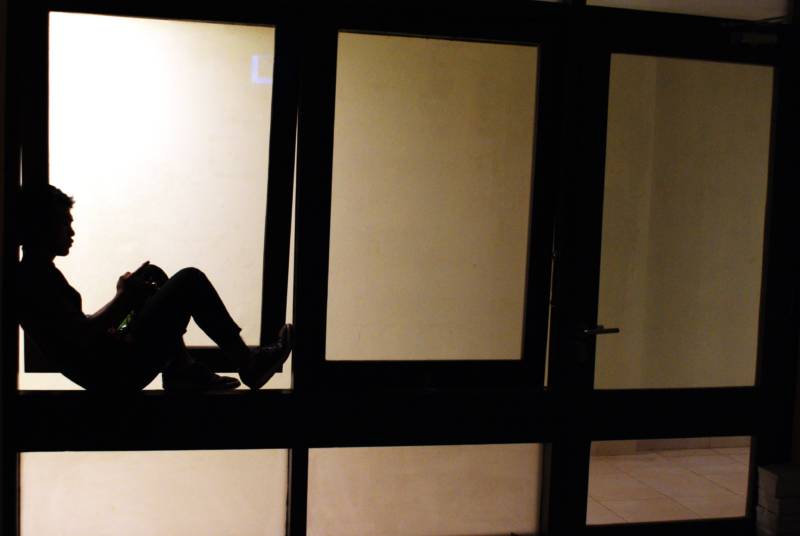Developmental or remedial education forms a core service of community colleges, with a staggering 68% of all community college students taking at least one remedial course, most commonly English or math. The stark number of students not prepared for college work presents a two-fold dilemma for community colleges, one that is both financial and self-defeating, eating at the very purpose of community colleges’ existence.
First, students who are enrolled in even one remedial course have a high chance of dropping out. According to a 2006 National Education Longitudinal study, the dropout rate in remedial courses is more than 70%, with only 28% of remedial students completing a degree after 8.5 years. Second, the extra money to pay for remediation is costing states billions: the Community College Research Center (CCRC) estimates that the national cost of providing these courses to all students is approximately $7 billion.
But according to Tom Bailey, who heads the CCRC at Teachers College, Columbia University, it’s the students who are paying the most. “It is students who probably have to bear the most significant costs,” he writes. “They must not only pay for the classes but also must delay their progress through college. Many students are discouraged when they find out that they are not eligible for college-level courses. This may explain the high ‘no-show’ rates among those referred to remediation.”
It is not an exaggeration, says Rachel Beattie, director of productive persistence at Carnegie Math Pathways, to say that one developmental course can derail an entire college career, and even the future beyond it. “People will keep coming back, because they’re really persistent. We see that many of our students have been enrolled in college for five or ten, even twenty years, they’re trying to get that math credit, but no luck,” she said. “We see a lot of unproductive persistence.” Part of Beattie’s job is to help mold unproductive persistence into something more fruitful, and that involves changing both the students’ mindset and how teachers teach developmental courses.
In 2010, Beattie and team launched the Carnegie Math Pathways at the Carnegie Foundation for the Advancement of Teaching, two developmental math courses which now operate on community college campuses in 19 states and strive to help students who need to remediate in math complete their courses but also do something more: introduce students to the “soft skills” they may be missing to help get them through college. Their primary focus: convincing students that they can learn. “About 2/3 of our students come in to the Carnegie Math Pathways with the belief that, no matter what they do, they are not ‘math people,’” Beattie said. “That there is this race of math people out there, and that they’re not one of them, and no matter how hard they try, or what strategies, it doesn’t matter because they’re never going to be one of those people.”

